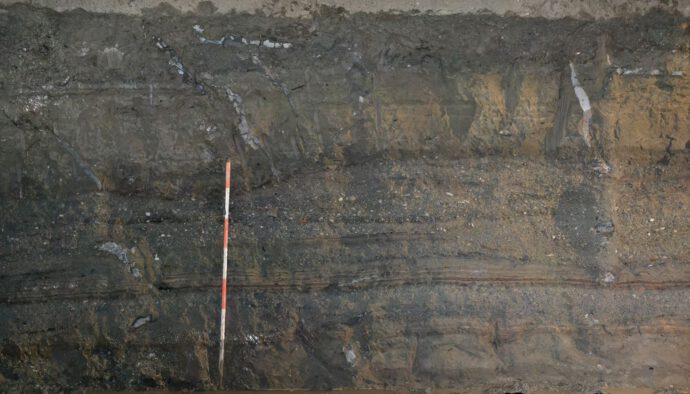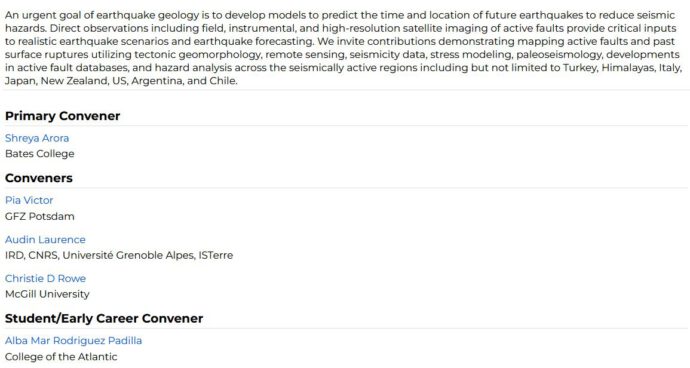Jonathan Weiss informed me about these two interesting positions in Honolulu:
The NOAA/NWS/Pacific Tsunami Warning Center (PTWC) in Honolulu, Hawaii has openings for two duty scientists that are now being advertised on USAJOBS with a closing date of April 24, 2023. The positions are at the GS-12 and GS-13 level depending on candidate qualifications and are for either geophysicists, oceanographers, or physical scientists who want to work in a real-time operational environment and conduct applied research related to natural hazards.
Destructive tsunamis are rare – major events occur only a few times each century – and we don’t know in advance when one will be generated. The critical work begins when PTWC seismic alarms sound. Duty scientists quickly assess the earthquake location and size, issue warning messages to nearby coastal communities, and conduct further analysis to determine source mechanism details, which are used as input to numerical tsunami forecast models. Data from sea-level stations confirm tsunami generation and additional messages with forecasts and observations are issued to responsible agencies, the media, and the public. In addition to 24/7 monitoring of global seismic, volcanic, and ocean activity, PTWC scientists apply their scientific and technical skills to advancing global tsunami warning capabilities by improving the speed and accuracy of tsunami source detection and characterization, the quality of tsunami models and forecasts, and the efficacy of warning dissemination. PTWC also conducts education and outreach to partners and the public.
If you are intrigued by the earth and ocean and want to use your knowledge to save lives and property from the hazardous impacts of earthquakes and tsunamis, consider applying for these positions and/or distribute this announcement to potentially interested and qualified colleagues.Unfortunately, the positions are for US citizens only.
Public:
Geo – https://www.usajobs.gov/job/718309900
Ocn – https://www.usajobs.gov/job/718305400
Current federal employees:
Geo – https://www.usajobs.gov/job/718307200
Ocn – https://www.usajobs.gov/job/718306000
Please contact me if you have any questions: Jonathan.Weiss@noaa.gov


